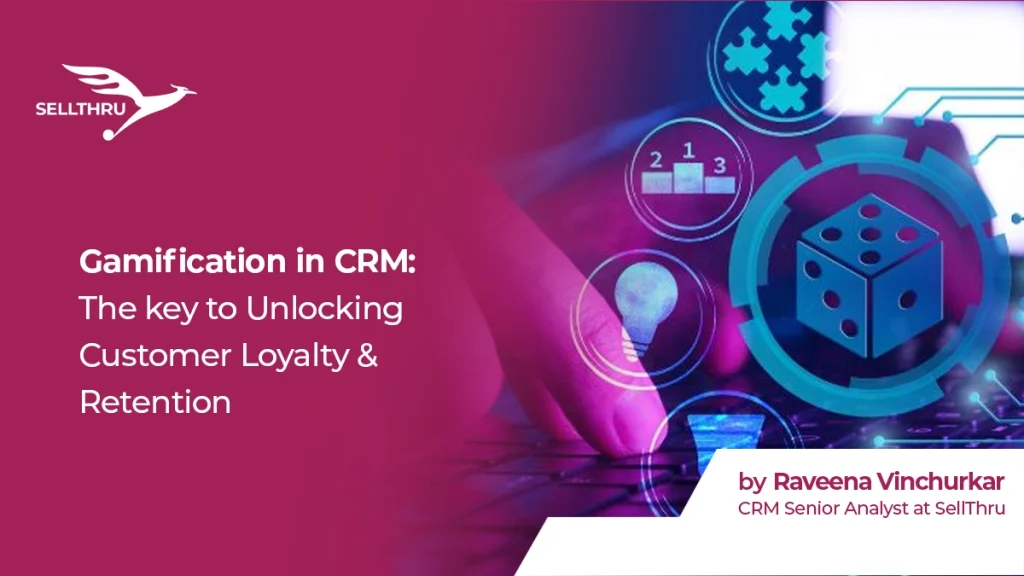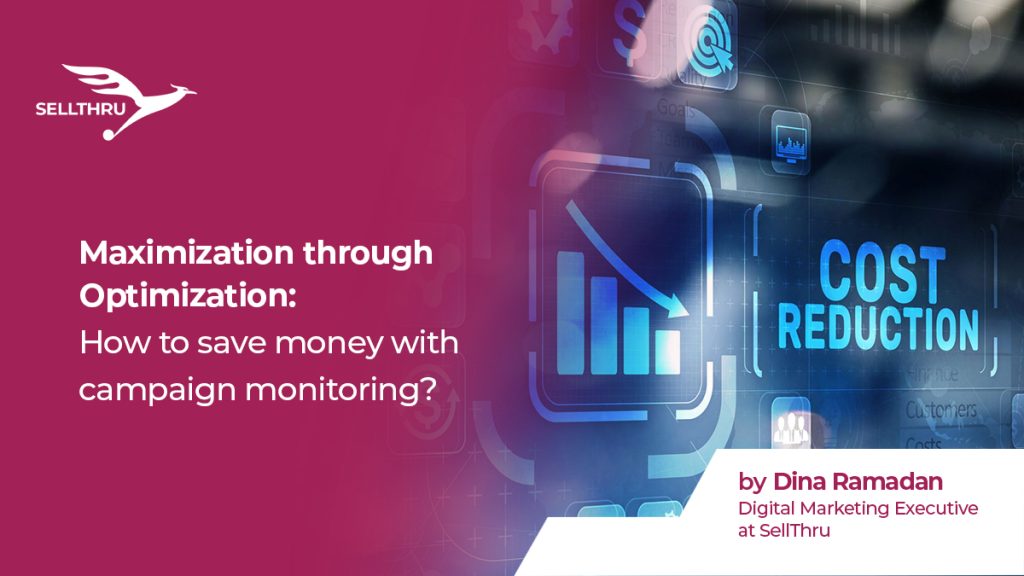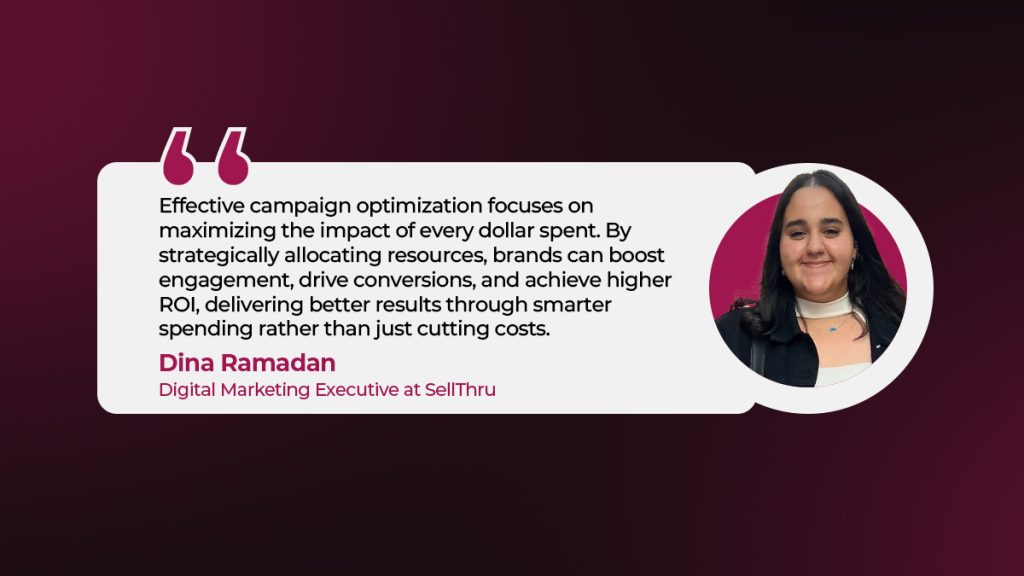
Imagine a world where customer interactions with your brand are as engaging and rewarding as playing a favorite game. This is not a distant dream but a present reality, thanks to the power of CRM gamification. By infusing game-like elements into customer relationship management (CRM) systems, businesses can create memorable experiences that boost engagement, loyalty, and satisfaction.
Gamification is more than just a buzzword; it’s a strategic approach that taps into fundamental human desires for competition, achievement, and recognition. In a landscape where customer attention is scarce, gamification stands out as a powerful tool to capture and maintain interest.
How does gamification help businesses?
- Enhance The Customer Engagement: Gamification transforms mundane interactions into enjoyable experiences, encouraging customers to engage with your brand more frequently.
- Increase Loyalty Towards The Brand: By rewarding customers for their participation, businesses foster a sense of loyalty that extends beyond transactions.
- Collect Data Insights: Gamified interactions generate valuable data on customer behaviors and preferences, enabling more personalized and effective marketing strategies.
Real-World Use Cases
Starbucks: A Sip of Success
Take Starbucks, for instance. The coffee giant has mastered the art of gamification with its loyalty program. Customers earn stars for every purchase, which can be redeemed for free drinks and food. The app also includes challenges and bonus star opportunities, encouraging users to visit more frequently. This approach has not only driven a 7% increase in overall sales but also boosted customer visits by 15%.
Starbucks Loyalty Program Case Study on TryBeans
Starbucks Rewards’ Gamification on Android Central
Duolingo
Duolingo, the popular language learning app, has effectively leveraged gamification to keep users engaged. The app uses points, streaks, and leaderboards to motivate users to continue their language learning journey. Duolingo’s gamification strategy has resulted in a significant increase in user retention and engagement, with over 30 million monthly active users and a 50% increase in daily active users after implementing these gamified elements (#paid | Creator Marketplace) .
Nike+ Run Club: Running Towards Engagement
Nike+ Run Club offers another compelling example. By tracking users’ running activities and rewarding them with badges for achieving milestones, Nike has created a vibrant community around fitness. Users can participate in challenges, compete with friends, and share achievements on social media. This gamified strategy has led to a 10% increase in app usage and a 25% boost in customer retention rates.
Nike’s gamification strategies: Outfield
Nike+ Run Club app details: Tactyqal
Temu: Interactive Offers that Convert
Temu, an e-commerce platform, has taken gamification to the next level with its spin-the-wheel and scratch card features. Integrated across their website and mobile app, these interactive offers provide customers with chances to win discounts, free products, and loyalty points. Since implementing these gamified elements, Temu has seen a 20% increase in conversion rates and a 30% uplift in revenue.
Temu’s gamification and conversion rates: Insider Intelligence
Modern CRM tools are equipped with built-in gamification features, making it easier than ever to implement engaging strategies. Here’s how businesses can leverage these tools:
Spin-the-Wheel
Spin-the-wheel features add an element of surprise and excitement. Customers spin a virtual wheel to win various prizes, such as discounts, freebies, or loyalty points. This can be integrated into your CRM to reward customers for specific actions, like signing up for a newsletter or making a purchase.
Scratch Cards
Digital scratch cards offer instant gratification. Customers “scratch” a virtual card to reveal a prize. This can be used to incentivize actions like app downloads, referrals, or social media interactions. CRM tools can automate the distribution and redemption of these digital scratch cards, ensuring a seamless experience.
Implementing CRM Gamification
To successfully implement gamification in your CRM strategy, consider the following steps:
- Define Clear Objectives: Identify what you aim to achieve with gamification. It could be increasing customer engagement, driving more sales, enhancing customer loyalty, or gathering valuable customer data. Defining these goals will help tailor your gamification strategy effectively.
- Understand Your Audience: Knowing your audience is key to designing an engaging gamification experience. Different customer segments may respond to different game mechanics. For instance, younger audiences might prefer competitive elements like leaderboards, while older demographics might appreciate reward-based systems like points and badges.
- Choose the Right Game Mechanics: Select game elements that align with your objectives and resonate with your target audience. Like, if your objective is to gather insights, use gamified surveys. On the other hand the aim is to drive sales, a loyalty program with points and tiers can help.
- Utilize CRM Tools: Leverage CRM platforms that offer gamification features, such as spin-the-wheel, scratch cards, points systems, and leaderboards. Platforms like Moengage, Salesforce, Zoho CRM, and HubSpot have integrated gamification tools that simplify the implementation process.
- Monitor and Adjust: Continuously track the effectiveness of your gamification strategy and make necessary adjustments to keep it engaging.
The Future of CRM Gamification
As businesses continue to explore the potential of gamification, the focus will shift towards creating even more personalized and immersive experiences. By leveraging data insights and advanced CRM tools, companies can craft gamified interactions that not only entertain but also drive meaningful customer engagement.
Ready to explore how CRM gamification can work for your business? Contact us today for personalized insights and solutions!
About the Author
Raveena is a seasoned expert in CRM and retention marketing, with a specialization in journey creation and enhancing customer engagement. With over four years of experience in the marketing field, Raveena has honed her skills through data-driven insights and analysis. She has successfully worked with prominent ecommerce brands like Nykaa and Noon, leveraging her expertise to drive significant improvements in customer retention and overall brand loyalty.


